When planning your blog’s URL structure, deciding between formats like /blog-name/individual-post-title or simply /individual-post-title might seem trivial, but it can make a big difference in your website’s organisation, branding, and SEO.
To help you decide, we’ll explore the available options, weighing the pros and cons of each, and how adding structures like /category/ or /blog/ can impact the site experience. It’s all about striking the right balance between user experience and SEO gains.
Why URL structure matters for SEO and user experience

URLs play a key role in how users and search engines perceive and interact with your content. A well-crafted URL can boost click-through rates, create a sense of organisation for your readers, and aid in better indexing by search engines.
Here are some common URL structures for blogs:
/individual-post-title/blog/individual-post-title/category/individual-post-title/blog/category/individual-post-title
Each of these approaches has its own benefits and challenges, which we’ll explore below.
Direct post URL structure: /individual-post-title
Using the direct post URL (e.g., domain.com/my-awesome-post) is one of the simplest methods. This approach keeps your URLs clean and concise.
Benefits:
- Shorter URLs: Concise URLs are easier to read and share, making it clearer for users and search engines to understand your content.
- No added complexity: The structure is simple, making it easy to manage without creating long or complicated paths.
Challenges:
- Lack of organisation: Without categories or prefixes like
/blog/, it can be hard to differentiate between blog posts and other site content, especially if your website isn’t solely focused on blogging.
Including /blog/ in your URL structure: /blog/individual-post-title

Adding /blog/ can help signal that this specific part of the site is dedicated to blogging. This works well for websites that offer services or products in addition to the blog.
Benefits:
- Clear segmentation: Using
/blog/helps distinguish your blog from other areas of the site, like service pages, improving user navigation. - Enhanced user experience: Visually and structurally separating the blog from other content makes it easier for visitors to understand what they’re looking at.
Challenges:
- Longer URLs: Adding
/blog/can make your URLs a bit longer, which isn’t always ideal if brevity is a priority.
Using categories: /category/individual-post-title
Adding categories to your URL structure (e.g., domain.com/design/my-awesome-post) can help organise your blog content by themes or topics.
Benefits:
- Better organisation: Categories allow users to browse specific topics of interest, making the content more structured.
- SEO relevance: Including categories can add keyword relevance to your URLs, helping search engines understand your site’s content themes.
Challenges:
- Longer URLs: Depending on the specificity of your categories, URLs can become lengthy or clunky.
- Category changes: If you decide to restructure your categories later, managing 301 redirects to avoid broken links can be time-consuming.
Combining /blog/ and categories: /blog/category/individual-post-title
For larger blogs with varied topics, combining both /blog/ and a category (e.g., domain.com/blog/seo/optimising-your-site) provides an organised, structured approach.
Benefits:
- Highly organised content: Perfect for blogs covering a range of topics, as users can easily navigate to specific sections.
- SEO clarity: Search engines get clear signals about the content and its place within the site structure.
Challenges:
- Complexity: This approach can lead to longer, more complex URLs, which may not be ideal for sharing or brevity.
Content design approach for organising without clunky URLs

One effective way to organise content without creating long URLs is by leveraging your web platform’s design features. Tools like search functions, category filtering, and dynamic content blocks allow you to keep URLs simple while maintaining a well-organised experience.
Benefits:
- User-friendly navigation: Instead of embedding categories in the URL, features like search bars and category filters allow users to explore topics without affecting the URL.
- SEO considerations: Keywords in URLs can help SEO, but the actual impact is minor compared to the benefits of a highly engaging and easy-to-navigate website.
General best practices for blog URL structures
Regardless of which URL structure you choose, here are some SEO-friendly practices to keep in mind:
- Keep it short and readable: The shorter and more descriptive your URLs are, the better.
- Hyphens over underscores: Use hyphens (-) to separate words, not underscores (_).
- Lowercase only: Stick to lowercase letters to avoid issues with duplicate content due to case sensitivity.
- Avoid unnecessary words: Skip articles like ‘the’ and ‘and’ to keep URLs streamlined.
Conclusion: Making the right choice for your blog

Choosing the best URL structure for your blog is a mix of SEO strategy and user experience. If your blog is part of a larger site offering products or services, adding /blog/ can create clarity. Including categories can further enhance navigation, but it’s essential to balance organisation with simplicity.
Alternatively, if your blog stands alone, a simpler URL structure might work best. Remember, the goal is to keep URLs user-friendly and consistent, ensuring visitors know exactly where they are and what they’re getting.
Ultimately, your decision should reflect the needs of your site’s content and audience, striking the perfect balance between SEO and a great user experience.










